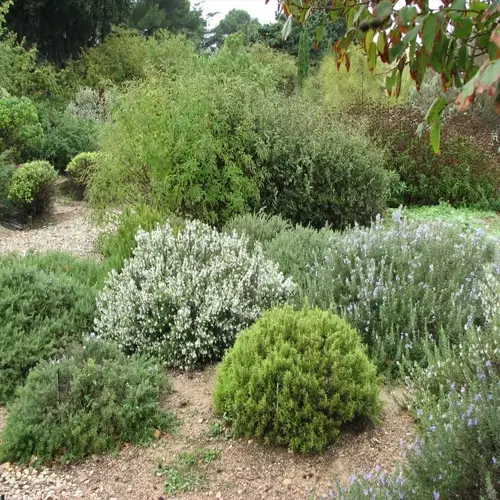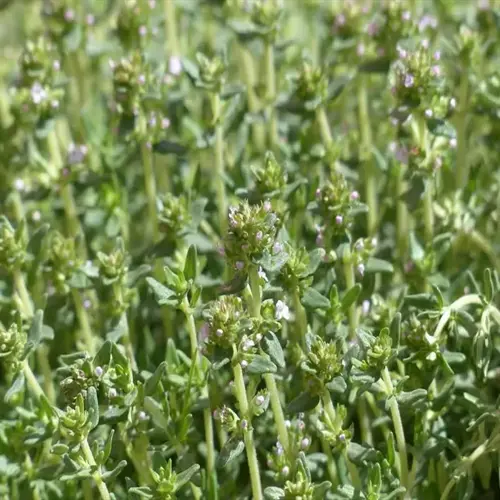What are signs of overwatered zucchini?

Written by
Julia Anderson
Reviewed by
Prof. Samuel Fitzgerald, Ph.D.Identifying overwatered zucchini early prevents permanent harm. The first clue of distress is yellowing leaves, and the roots are already experiencing issues due to a lack of oxygen. The plant's stems are soft and mushy, suggesting that root rot is beginning to develop. The fruits are swelling and splitting due to too much water intake. I check my plants daily during periods of heavy rain. If caught early enough, you can intervene and save your plants.
Use the finger test prior to watering. Place your index finger 3 inches (7.5 cm) deep into the soil. Water only when the soil feels dry at this depth. For container plants, lift pots to gauge weight. I often use moisture meters for accuracy. Your plants will never take the chance of a hit.
Soil Correction
- Mix in perlite or coarse sand for drainage
- Create raised beds in heavy clay areas
- Apply 2-inch compost layer to improve texture
Watering Adjustments
- Install drip irrigation with timers
- Water only at soil level before 10 AM
- Use rain gauges to track natural precipitation
When you notice signs of root rot, treat it harshly. Carefully dig around your plants and check the roots. Healthy roots will be white and firm. Cut off any black, mushy roots with sterilized cutters. I then disinfect with a diluted hydrogen peroxide solution (1 part peroxide to 4 parts water). Your plants will be able to grow new roots in a few weeks.
Stop fungal diseases induced by wet conditions; space plants appropriately for airflow. Prune lower leaves to avoid contact with moist soil. I use a copper fungicide preventively after significant rain. Your plants will be able to resist powdery mildew and other moisture-generated diseases.
Alter watering according to growth stages. Seedlings require consistently light watering. A mature plant prefers deep, but less frequent watering. Apply consistent moisture management for fruiting plants without overwatering. I ease up when fruit approaches harvest size. Your zucchini would benefit tremendously.
Keep track of weather trends to make adjustments in advance. Cover plants that are under significant amounts of rain for prolonged periods with a temporary shelter. Additionally, some areas have installed drainage channels to mitigate flooding. I plan to use a weather app to time my watering as well. Your garden has done well in adapting to variations.
Read the full article: How to Grow Zucchini: Expert Tips for Success

